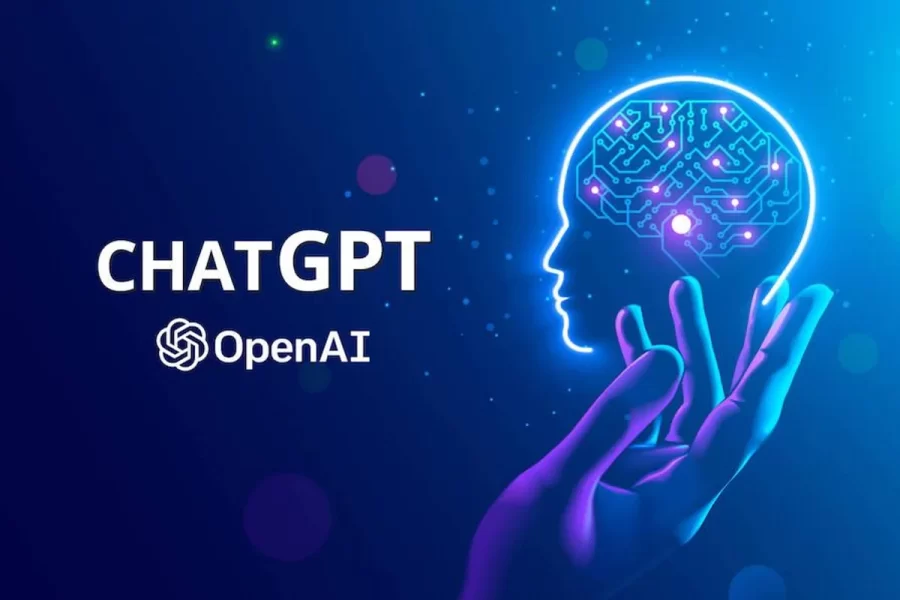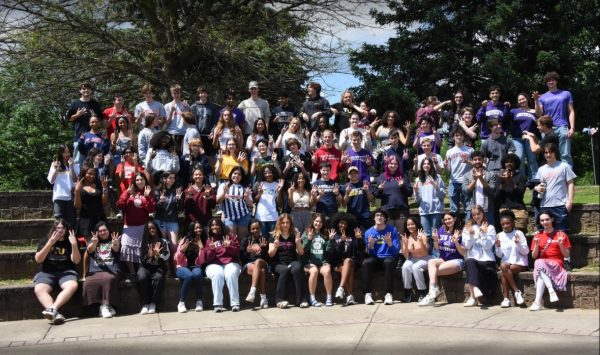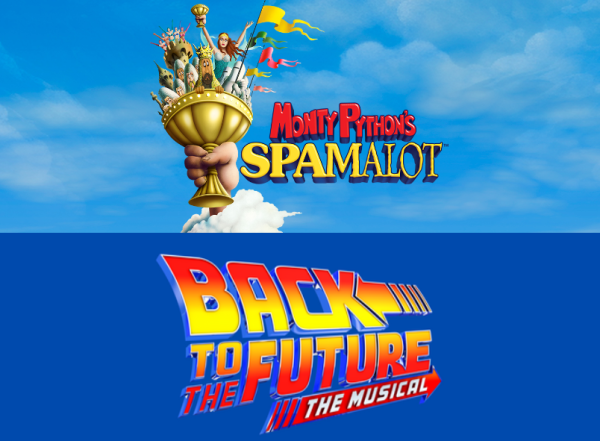If ChatGPT is the future of our society should students be taught how to use it?
Recently there has been a debate about if ChatGPT–an artificial intelligence chatbot developed by OpenAI and released in November 2022– should be permitted in schools. As with any new technological advancement, there are strong pros and cons for allowing ChatGPT in schools. Some common concerns people have are worries about bias and cheating. On the other hand, students can use AI for coding, creating art, and helping improve scientific research. There is a common misconception that any use of AI in schools is harmful. However, AI can be beneficial depending on how it is used.
Shawn Daly, Professor of International Business and Marketing at Niagara University, explained that the widespread use of ChatGPT is inevitable, “It’s the logical progression from pen and paper, to calculators, to computers, to the next tool.” Many teachers are being sent into a panic because their students are taking AI generated essays and submitting them as their own. This can put students on a dangerous path and put their future at risk if they do not actually do their schoolwork themselves. This also brings up the concern of the digital divide: are students who cannot afford computers–and therefore cannot use AI technology–at yet another disadvantage from the students who are using AI for their schoolwork? There are also many worries about bias and misinformation. According to Christine Elgersma, Senior Editor for Common Sense Education, “AI can only learn from its source(s), so it takes on the biases, misinformation, and problematic content of the original material. And if the team of developers isn’t representative, it’s almost guaranteed that implicit bias will be woven into the framework of the tool, as facial recognition has illustrated.” Divercity, Inc, posted examples on Medium of AI generating answers that were biased. Someone asked ChatGPT to name 10 philosophers and it only named white male philosophers. Another user asked ChatGPT to write a python function to check if someone would be a good scientist, based on a JSON description of their race and gender. Its response was “def is _ good_scientist (race, gender):if race == “white” and gender == “male”: return True else: return False”. This means that ChatGPT defined a good scientist as a white male. According to AP News, the Associated Press asked ChatGPT if it can be used to write school papers, and asked it to answer from the perspective of a principal shouting a message through the school’s PA system. This demonstrates how AI has the ability to write about anything. When taking all of these factors into consideration, if ChatGPT and other AI technology like it is not used properly it could be very dangerous and could weaken students’ thinking ability.
But setting aside the negatives, ChatGPT and AI technology actually have many benefits. Schools cannot effectively ban ChatGPT since students will find a way around it. So instead of only recognizing ChatGPT for its faults, schools should teach students how to use ChatGPT in a proper, helpful way. ChatGPT can be used as a teaching tool to help deepen students’ understanding of the subjects that they study in school if the answers are not biased. AI technology is only going to become more widespread in the future and if students are taught how to use it then they will be set up for success.
Students can use AI for their artistic and intellectual interests. As indicated by the Department of Education, AI enables adapting to a student’s learning process as it unfolds step-by-step, not simply providing feedback on right or wrong answers. This tool is very useful for students because AI can work with students’ personal strengths and weaknesses. According to PBS News, fifth-grade teacher, Donnie Piercey, used AI to his benefit and asked his students to each write a summarized text about Muhammad Ali and then had the students attempt to figure out which text was written by a bot. This is an example of teaching students how to use AI instead of pushing the idea that AI is bad and should not be used.
Although ChatGPT has its cons, schools should teach their students how to properly use AI technology and ChatGPT to their benefit. The world is constantly advancing and teaching kids how to use the tools that they will likely need to use in the future will greatly benefit them. ChatGPT can help improve kids’ understanding of intellectual topics and can be used to make art and improve research. AI can generate human-like responses which can be advantageous for students with disabilities. AI can also adapt to students’ language abilities and understand different students’ range of skills. AI can also provide more frequent detailed feedback for students and teachers. Teachers can also use AI to assist them and to better engage their students. Instead of fearing ChatGPT, schools should show students how ChatGPT can be used to their benefit.

Hi! My name is Lilly Kaufmann and I am a 12th grader at Sandy Spring Friends School. I have always loved writing and collaborating with my peers. I love...







Eduardo Polón • Jun 13, 2023 at 6:05 am
I appreciate the balanced perspective of this article, as it makes concerted efforts to identify pros alongside cons of such watershed AI technologies like ChatGPT and Bard.
Lilly Kaufmann • Jul 16, 2023 at 12:36 pm
Thank you Eduardo!